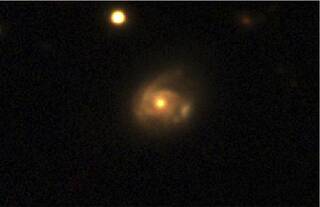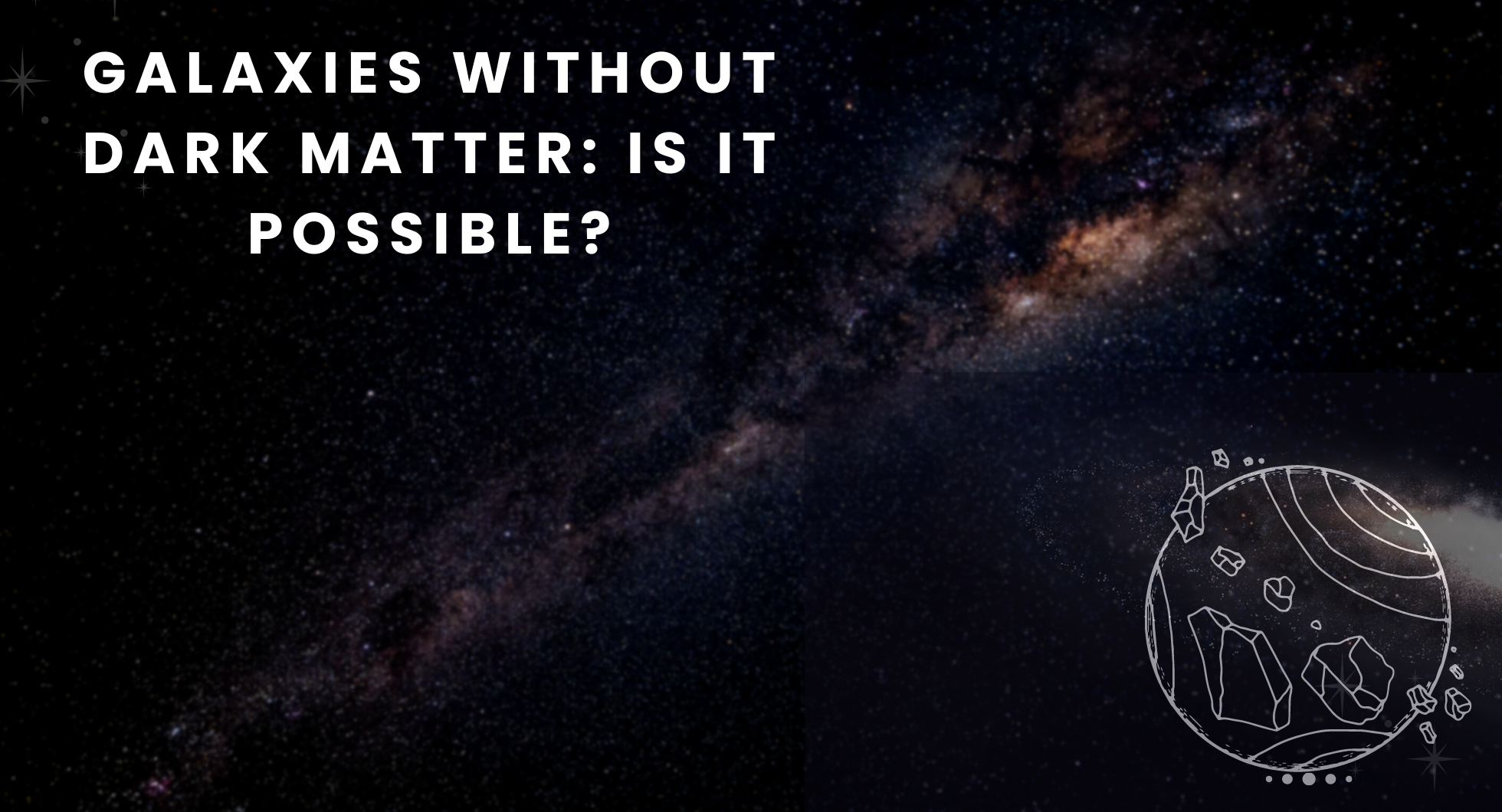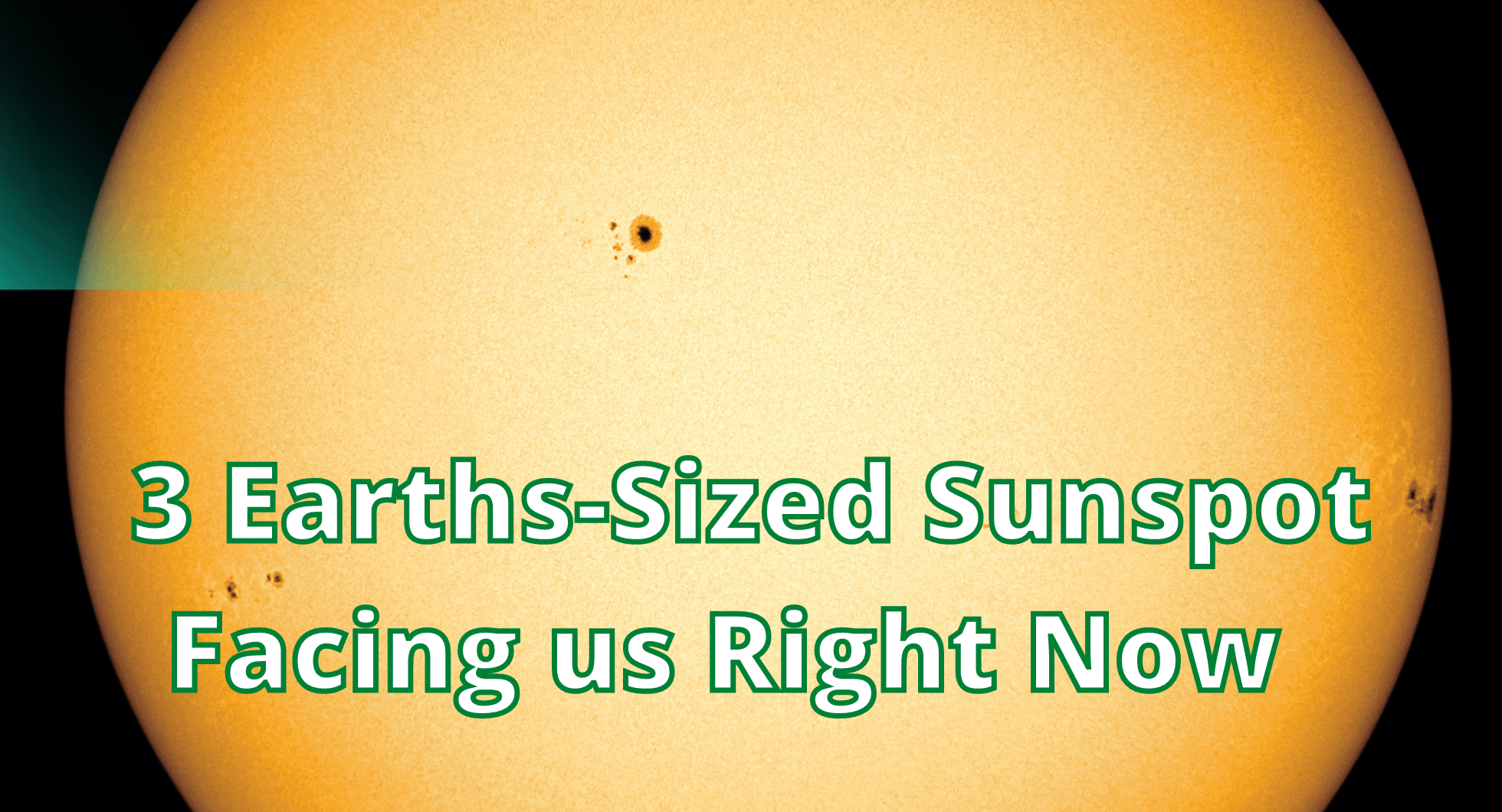NASA’s Swift telescope finds a new trick, spots a snacking black hole
NASA’s Neil Gehrels Swift Observatory, initially designed to study gamma-ray bursts, has discovered the repeated, partial tidal disruption of a Sun-like star by a massive black hole named Swift J0230. The object signifies a dawn of a fresh era in Swift’s scientific exploration, enabled by an innovative approach to interpreting data obtained from the satellite’s X-ray Telescope (XRT).
Credits: NASA’s Goddard Space Flight Center
Tidal disruption events, where a star is torn apart by a black hole’s gravitational forces, are not uncommon. However, recent observations have brought to light a unique twist in this cosmic tale. Astronomers have coined it “partial or repeating tidal disruptions.”
In this enigmatic scenario, an orbiting star periodically approaches the black hole, bulges outward, sheds material, yet miraculously survives. This process continues until the star’s gas reservoir depletes, leading to its ultimate disintegration. The key to unraveling this mystery lies in the characteristics of the star and the black hole system, resulting in a wide spectrum of observable behaviors.

One intriguing case involves Swift J0230, located approximately 500 million light-years away in the constellation Triangulum. Swift’s X-ray Telescope (XRT) captured this repeating tidal disruption, providing valuable insights into this cosmic puzzle. It is believed to involve a Sun-like star orbiting a black hole with over 200,000 times the Sun’s mass, shedding approximately three Earth masses of material per pass.
Dr. Evans, a leading scientist on the project, explains, “This system provides a bridge between other types of suspected repeating disruptions and allowed scientists to model how interactions between different star types and black hole sizes affect what we observe.”
Notably, the discovery of Swift J0230 was made possible by an automated search of XRT observations, demonstrating the satellite’s versatility beyond its original mission scope.
As Dr. S. Bradley Cenko, the mission’s chief investigator, said, “Swift’s future in exploring new frontiers of science looks promising.”
This revelation adds a unique layer to our understanding of black holes and their interactions with stars, reinforcing the idea that the cosmos continually surprises us with its intricacies.
Auto Amazon Links: No products found.


